The wedding car industry in China has long been a fascinating microcosm of social status and economic aspirations. At its core lies an unspoken truth: the choice of bridal vehicles isn’t merely about transportation—it’s a carefully choreographed performance of wealth, taste, and familial pride. Luxury cars, particularly those with iconic brand recognition like Rolls-Royce, Bentley, or Mercedes-Maybach, don’t just ferry the bride and groom; they broadcast a message to the entire community.
In major cities like Shanghai, Beijing, or Guangzhou, it’s not uncommon to see convoys of gleaming high-end vehicles snaking through streets, their polished exteriors reflecting the envious glances of onlookers. The phenomenon isn’t new, but its scale and sophistication have grown alongside China’s booming economy. What began with borrowed sedans in the 1980s has evolved into an industry where renting a Phantom for half a day can cost more than the average urbanite’s monthly salary.
The psychology behind this conspicuous consumption reveals much about contemporary Chinese values. For many families, a wedding represents one of the few occasions where displaying wealth isn’t just accepted but expected. The bridal car serves as the opening act of this theatrical production—a metallic embodiment of the family’s social standing. This "face premium" attached to luxury vehicles creates peculiar market dynamics where a car’s rental price bears little relation to its practical utility.
Industry insiders speak of clients who insist on specific color combinations (white exteriors with cream interiors remain perennially popular) or who book vehicles years in advance for auspicious wedding dates. The most sought-after models command prices that would make their manufacturers blush—a single day’s rental sometimes approaching 10% of the car’s retail value. Yet demand shows no signs of slowing, fueled by social media platforms where wedding car convoys become viral content, setting new benchmarks for ostentation.
Beneath the glittering surface, however, lies a complex ecosystem of car owners, brokers, and rental agencies. Many luxury vehicles in bridal fleets belong to affluent individuals who offset ownership costs through rentals. These amateur entrepreneurs maintain meticulous schedules, sometimes shuttling between multiple weddings in a single day. The logistics resemble a high-end version of ride-sharing, with WeChat groups serving as digital marketplaces connecting car owners with eager couples.
The market has grown sophisticated enough to support niche services. Some agencies now offer "brand matching" consultants who ensure harmonious combinations of vehicles in the convoy (no mixing BMW 7 Series with Mercedes S-Classes, apparently). Others provide "emergency replacement" services when booked cars develop mechanical issues—a critical safeguard given that a no-show could spell social disaster for the wedding party.
Interestingly, this industry displays remarkable resilience to economic fluctuations. While the pandemic temporarily dampened large weddings, the desire for luxury bridal cars persisted, with some couples opting for smaller but more exclusive fleets. Even during economic downturns, families prioritize maintaining appearances for weddings, though they might compromise on other celebrations. This suggests that the "face value" of bridal cars operates in a distinct psychological economy less susceptible to traditional market forces.
The environmental implications of this tradition remain largely unaddressed. A typical wedding convoy might cover dozens of kilometers at crawling speeds, engines idling for hours during photo sessions. Some progressive couples have begun opting for electric luxury vehicles or donating a portion of their wedding budget to charity instead of splurging on cars. However, these remain exceptions rather than trends in an industry built on conspicuous consumption.
As China’s wedding industry continues to professionalize—with some agencies offering complete "face management" packages that include cars, venues, and social media documentation—the bridal car remains the mobile centerpiece of this carefully constructed fantasy. Its enduring appeal speaks to deeper cultural currents where mobility and status remain inextricably linked, and where the journey to marital bliss must be paved with the right brand of German or British engineering.
Looking ahead, industry observers wonder whether younger generations will maintain this tradition with equal fervor. Early signs suggest some moderation, with minimalist weddings gaining niche popularity among urban elites. Yet for the foreseeable future, the sight of ribbon-adorned luxury cars processing through Chinese cities will remain a vivid symbol of how deeply automotive prestige has become embedded in the theater of marriage.

By /Jun 14, 2025
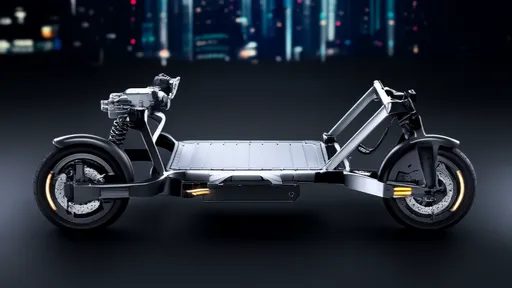
By /Jun 14, 2025

By /Jun 14, 2025
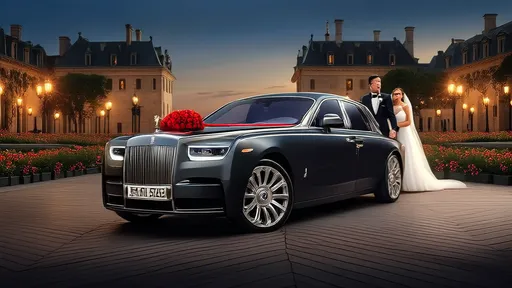
By /Jun 14, 2025
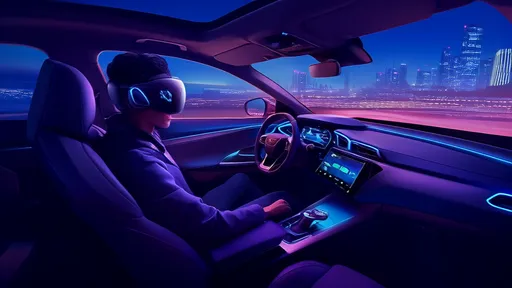
By /Jun 14, 2025
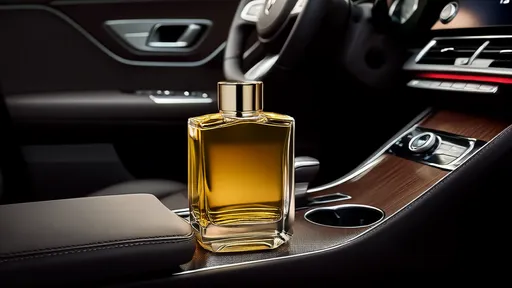
By /Jun 14, 2025
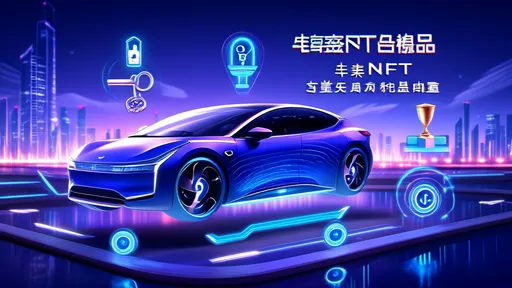
By /Jun 14, 2025
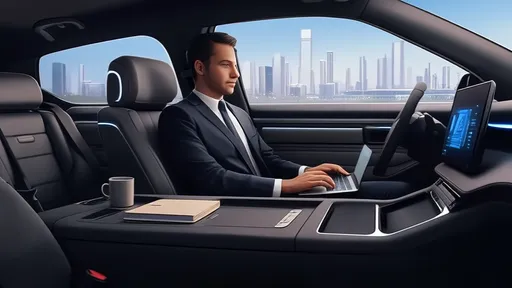
By /Jun 14, 2025
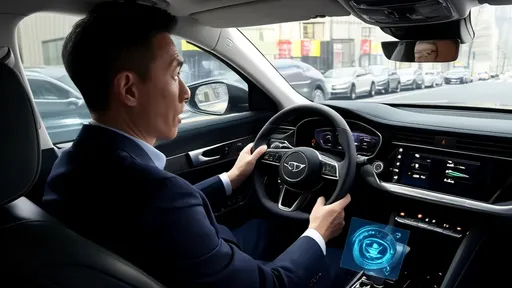
By /Jun 14, 2025
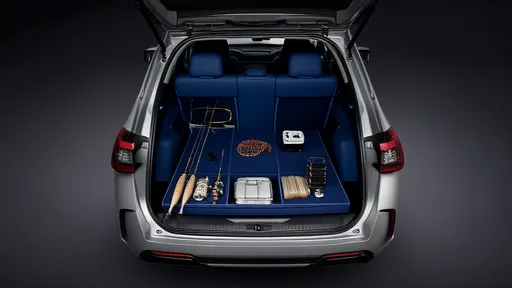
By /Jun 14, 2025
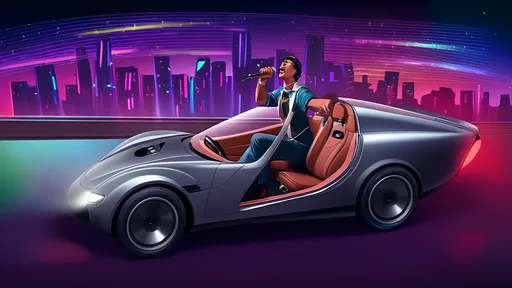
By /Jun 14, 2025
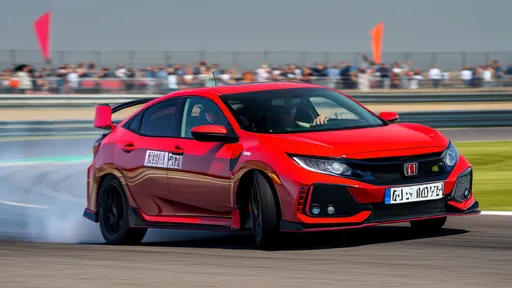
By /Jun 14, 2025

By /Jun 14, 2025
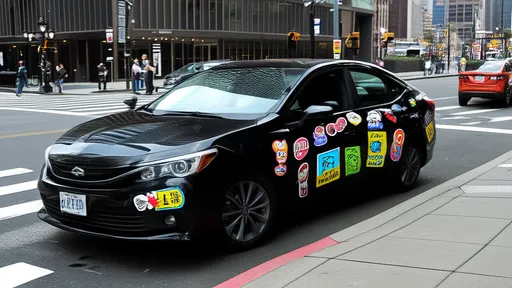
By /Jun 14, 2025
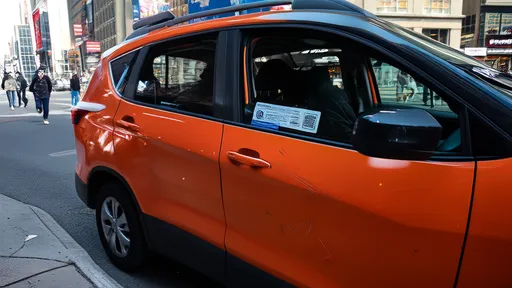
By /Jun 14, 2025
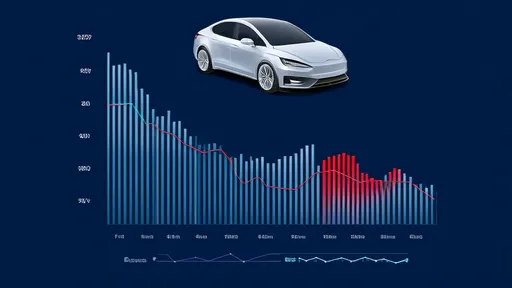
By /Jun 14, 2025
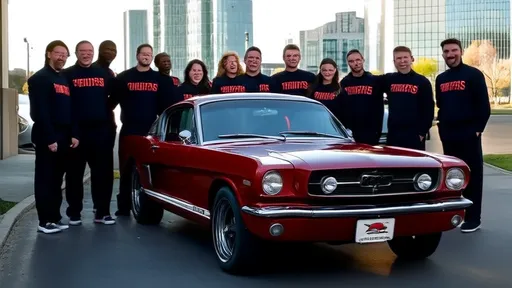
By /Jun 14, 2025
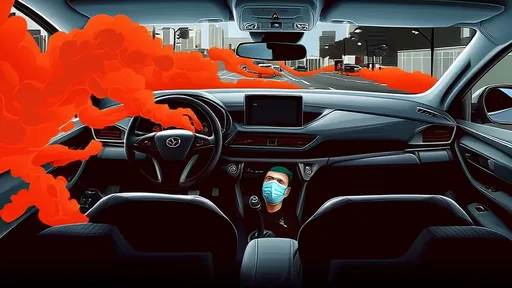
By /Jun 14, 2025